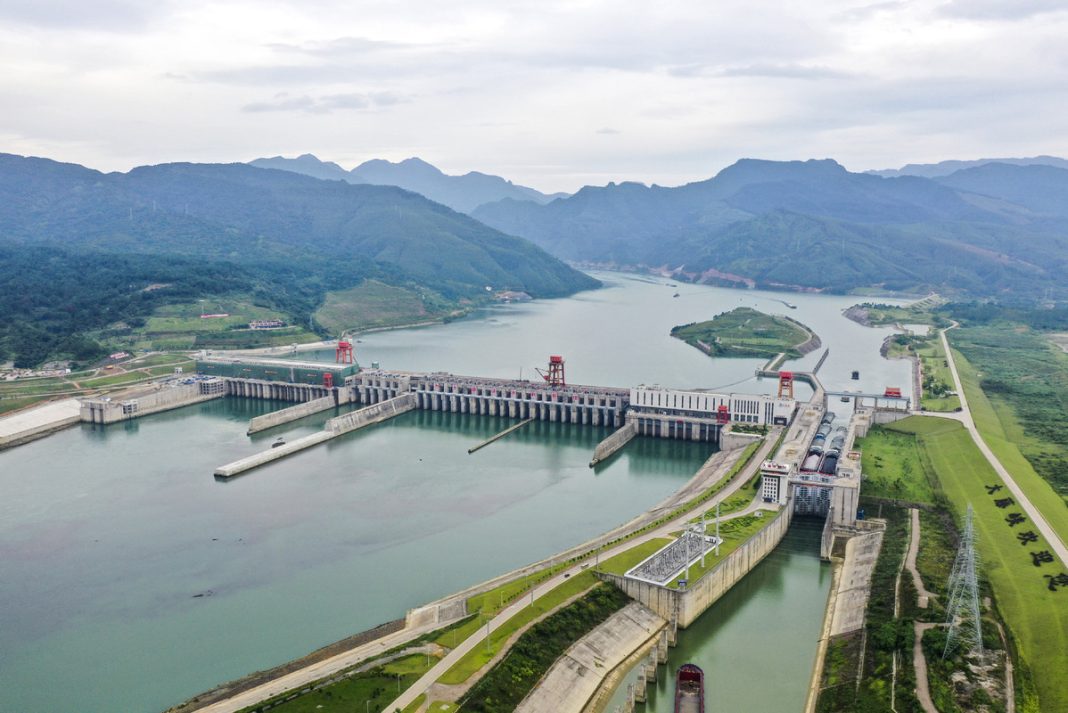BEIJING: The power generation wing of the Datengxia water conservancy hydropower project on the Xijiang River, a tributary of the Pearl River in South China’s Guangxi Zhuang autonomous region, was put into operation on Saturday, four months ahead of schedule.
Construction on the over 35.7-billion-yuan ($4.9 billion) project, approved by the State Council, China’s Cabinet, began in late 2014.
The project’s eight power generation units, each with an installed capacity of 200,000 kilowatts, can generate more than 6 billion kilowatt-hours of electricity annually, according to a release by the Ministry of Water Resources.
In addition to power generation, the project is expected to provide flood control prevention in the Pearl River Basin and improve water security in the Guangdong-Hong Kong-Macao Greater Bay Area, as well as provide better navigation and irrigation in the basin.
By utilizing several reservoirs in the basin, the project can help Wuzhou, a city with a population of over 2.8 million in Guangxi, withstand once-in-a-hundred-year floods, the release said.
Previously, the city, as well as some key locations in the highly developed Pearl River Delta, was only able to withstand floods that occur once every 50 years.
The project could even enable some cities in the delta to resist floods that happen once every two centuries, it added.
Thanks to the project, vessels of up to 3,000 metric tons can now navigate the Qianjiang River, a section of Xijiang, up from only 300 tons before the project, the ministry said.
It said the Datengxia facility will support rural vitalization by providing irrigation water for 80,000 hectares of farmland and addressing drinking water shortages for almost 1.4 million people in Guangxi.
The project has already played a significant role in the past three years during its trial operation, the ministry said.
In June last year, it helped prevent and store some 700 million cubic meters of floodwater after Xijiang was hit by a fourth flood that year, it said. At the flood’s peak, it reduced water flow by 3,500 cubic meters per second. –The Daily Mail-China Daily news exchange item






